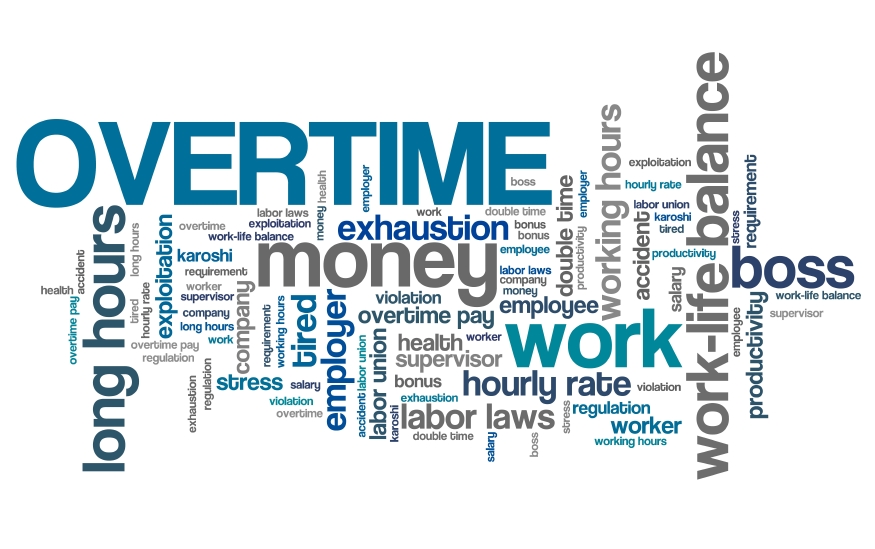New overtime regulations can cause a shakeup in the workplace—and HR professionals must be prepared to handle employee concerns. Employees may have certain issues with being transitioned from exempt to nonexempt, and BLR® Legal Editor Susan Prince, JD, MSL, has advice for helping employees navigate these worries.
 |
With the release of the Department of Labor’s (DOL) final overtime regulations, not only will employers and human resources (HR) professionals be dealing with the dollars and cents of shifting numerous employees from the exempt to nonexempt categories under the Fair Labor Standards Act (FLSA), but they will be tasked with bolstering employee morale and handling various emotions about the changes.
Exempt employees will react to a nonexempt reclassification in a variety of ways. Some employees will be generally pleased with the changes, some will be unhappy, and some will have little or no reaction to the change. Reclassifying employees from exempt to nonexempt offers overtime options, but some may consider it a loss of status. While some employees will welcome the chance to receive overtime pay, others may see the need to punch a time clock as a demotion.
How will these FLSA changes affect your organization? The answer depends on the number of employees who fall close to the margins under the new salary thresholds. Employees who may be newly nonexempt and entitled to overtime under the final regulations include food service, hospitality, retail, office services, lower level administrative employees, call centers, and employees in other industries relying on lower paid supervisors and staff. Also, those exempt employees earning more than $455 per week but less than the proposed $970 per week, will likely be impacted.
Regardless, one fact remains: employers that do not conduct workforce assessments to ensure that employees are correctly classified under FLSA’s rules face the serious and potentially expensive risks of employee class action lawsuits and DOL audits.
Employee Concerns
Employees have a variety of concerns over the new standards for exemption. Below, we will touch on a few of them.
Is this a demotion? Some formerly exempt salaried workers may feel that their new nonexempt status is a “demotion.” HR and direct managers should reiterate explanations that the new status refers only to the way their pay is calculated, not to their relative position in the department or company.
Habits are hard to change. Other newly nonexempt employees may find it hard to adjust their work routines and continue to work through lunch or stay late. Supervisors must be aware of their employees’ work habits in order to avoid unanticipated increases in departmental wage costs. Nonexempt employees must be paid for all time worked, whether or not the supervisor specifically authorized the time.
Will I still be able to advance my career? Newly nonexempt employees may fear that career advancement opportunities will be less available to them. Achieving a promotion from a nonexempt position into an exempt position can be difficult in many companies. Therefore, some employees may feel at their career path might be blocked by this change in status.
Loss of flexibility. Exempt employees do enjoy the flexibility built into their schedules. Going out for a long lunch or working through lunch are not issues for exempt employees because they are paid for the job and not for the time it takes to complete the task. Nonexempt employees may be told not to work overtime, not to work through lunch or rest periods, or not to take work-related calls and e-mails from home.
Will I make less money overall? Many employees have concerns that they may make less money because they are not earning a guaranteed salary. This is especially the case when the hourly rate is adjusted down to account for overtime hours worked.
In tomorrow’s Advisor, Prince provides seven steps for communicating the exempt to nonexempt transition to employees.
